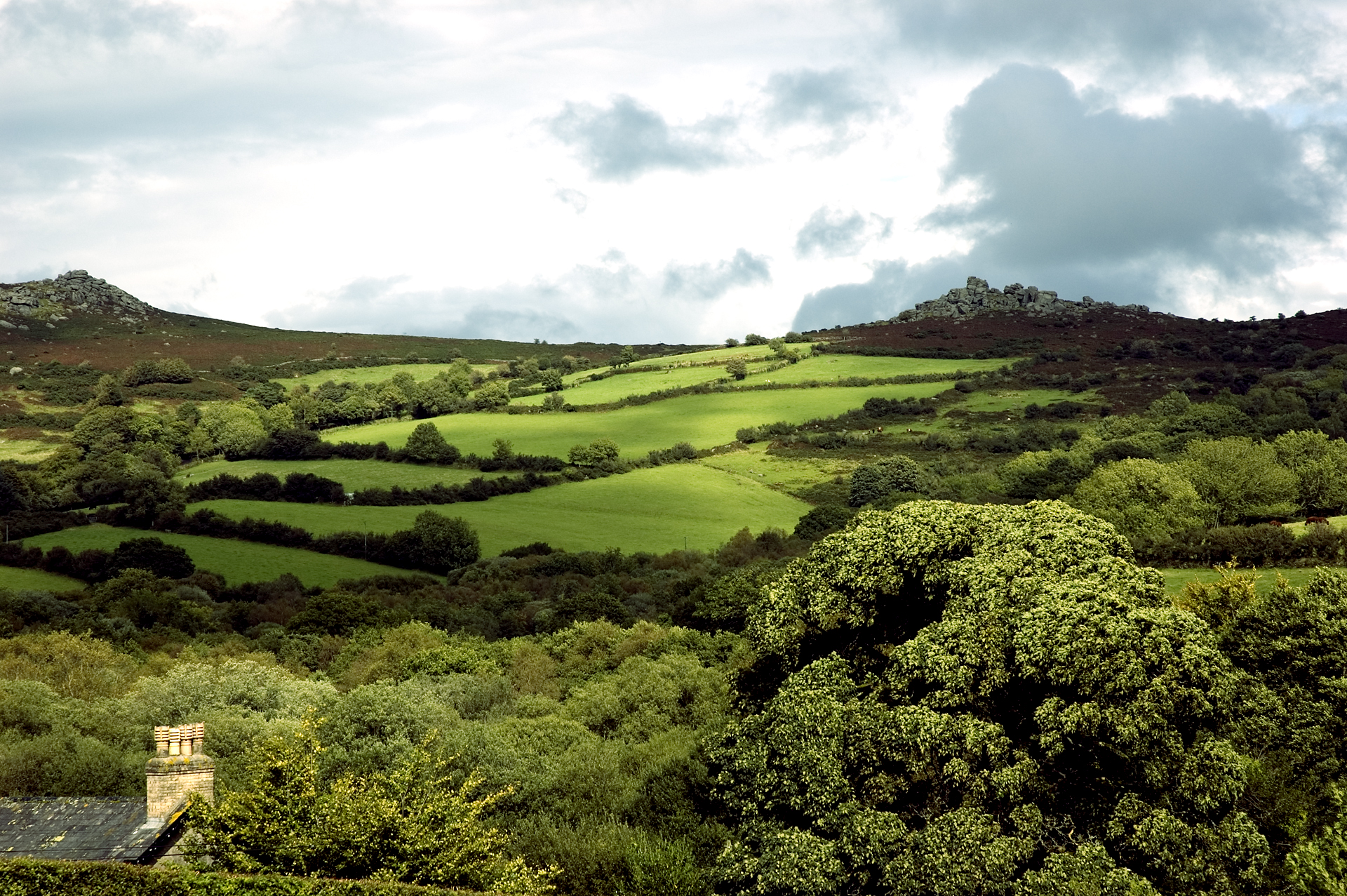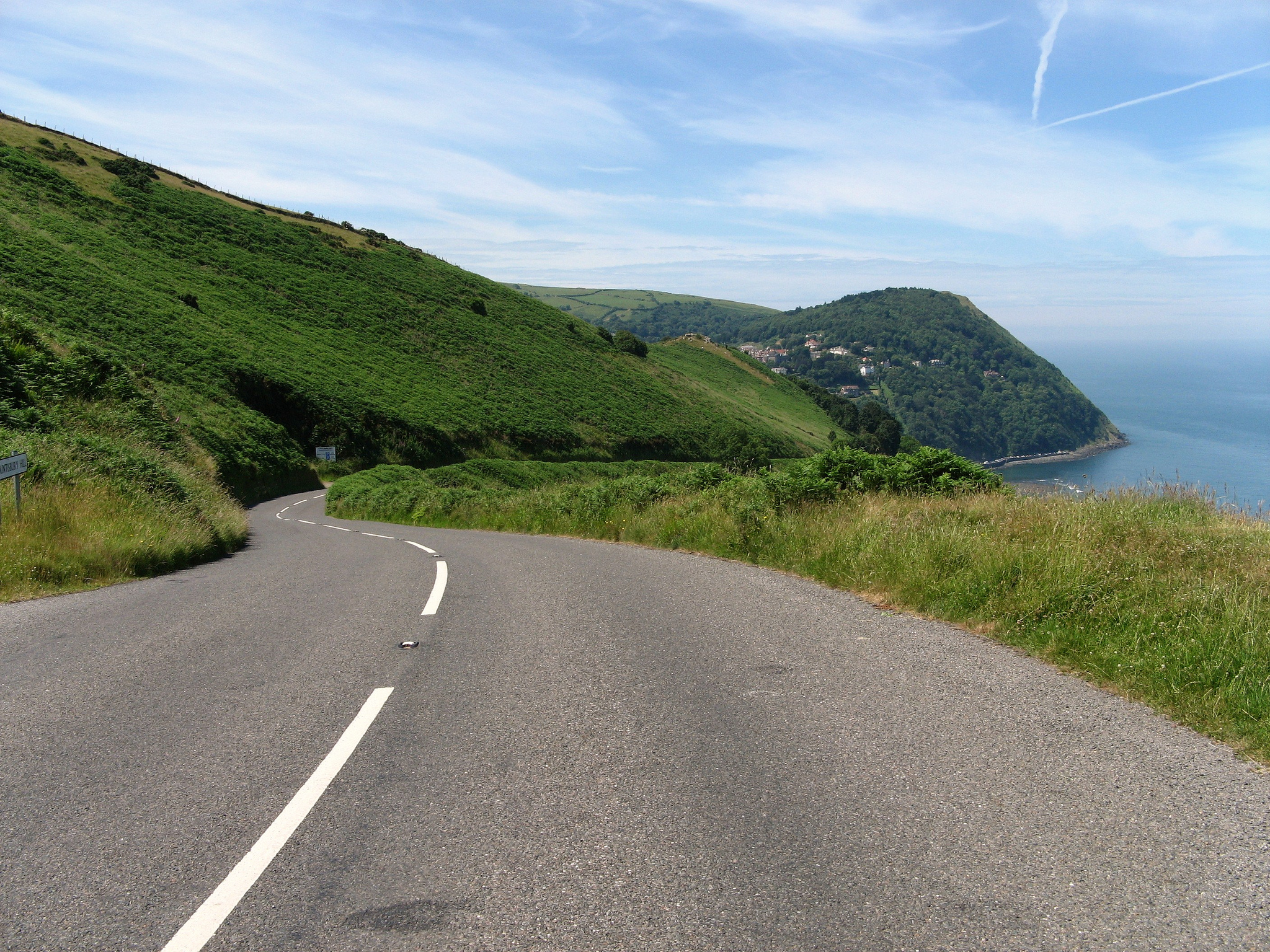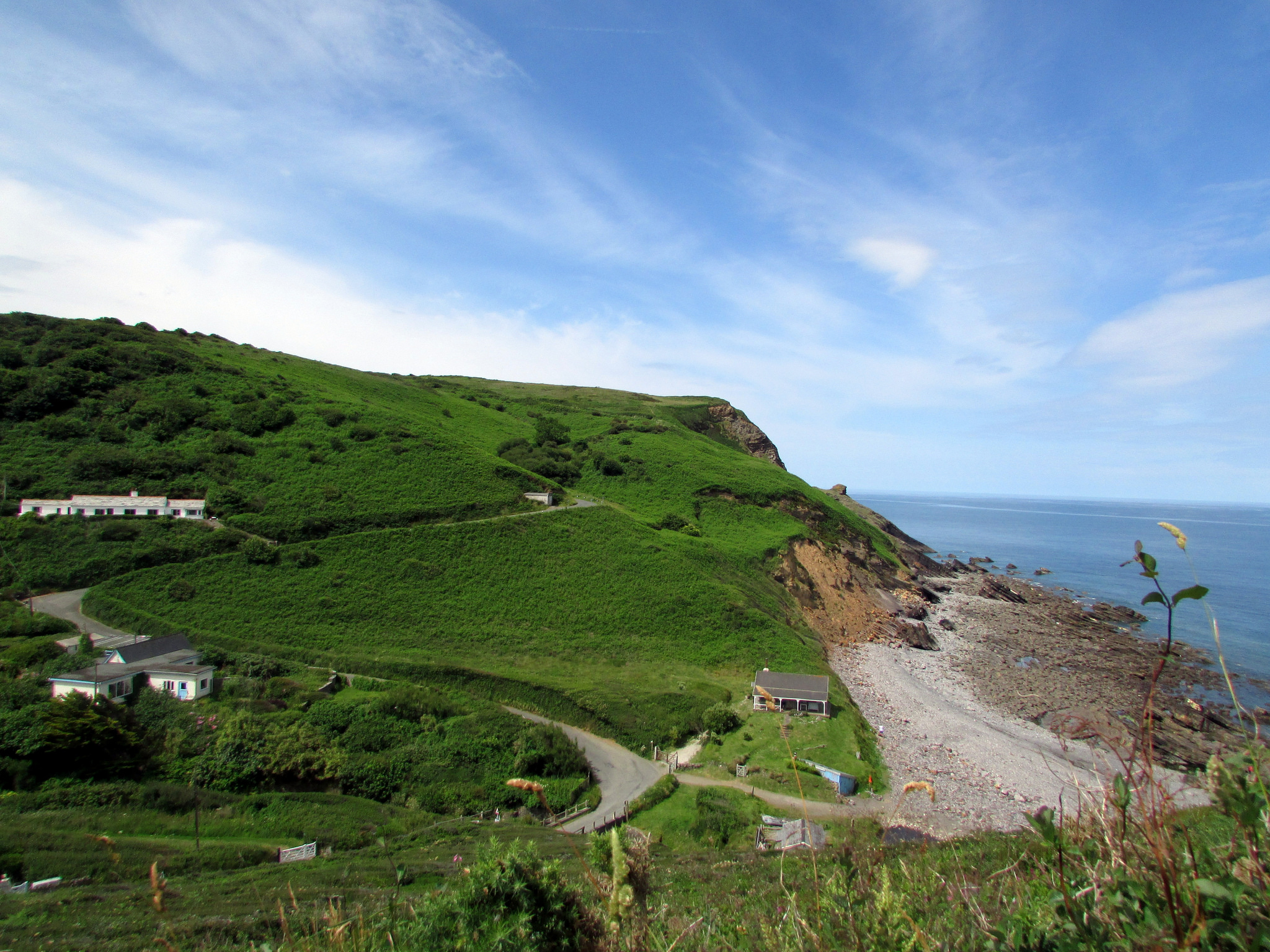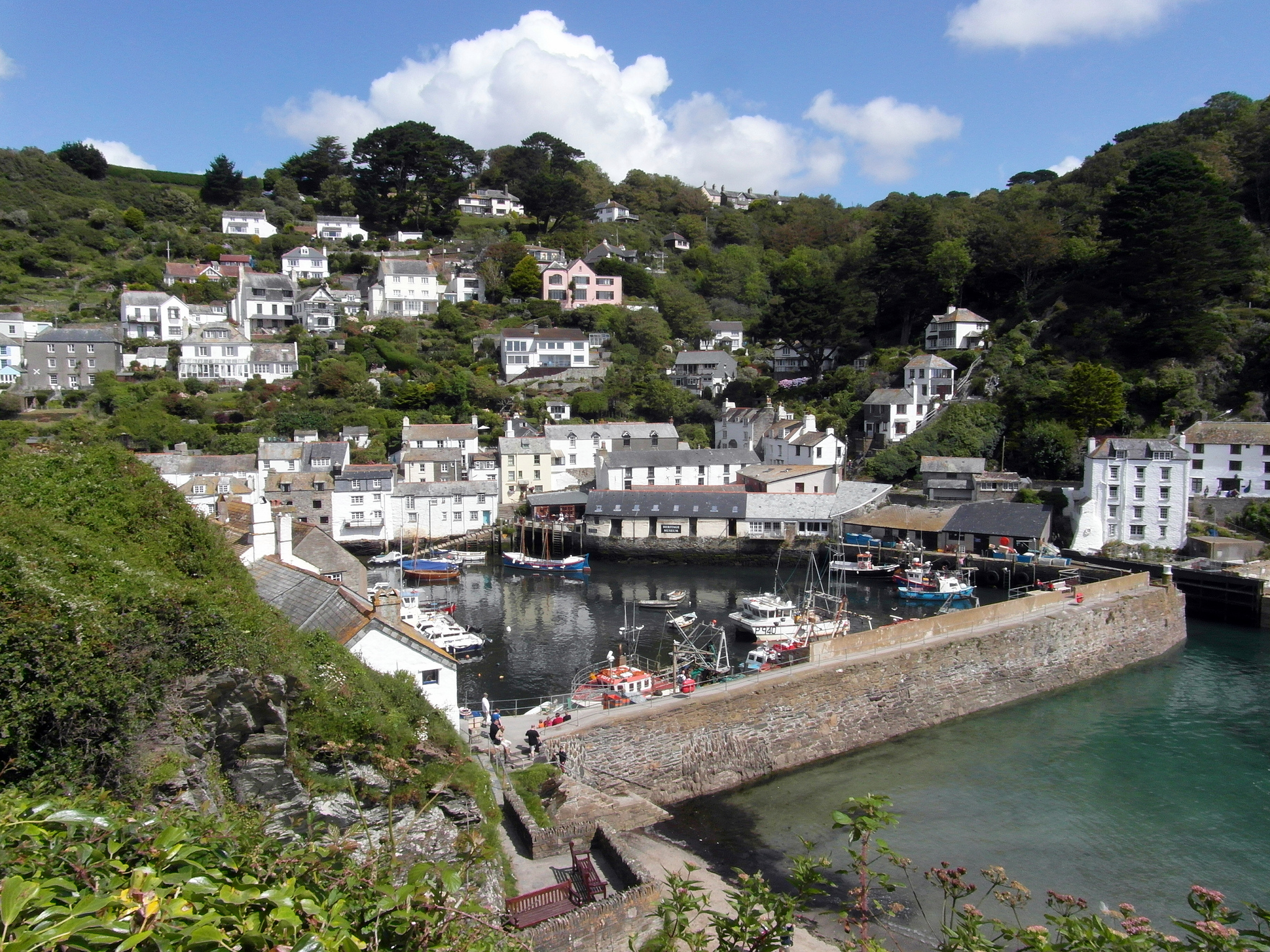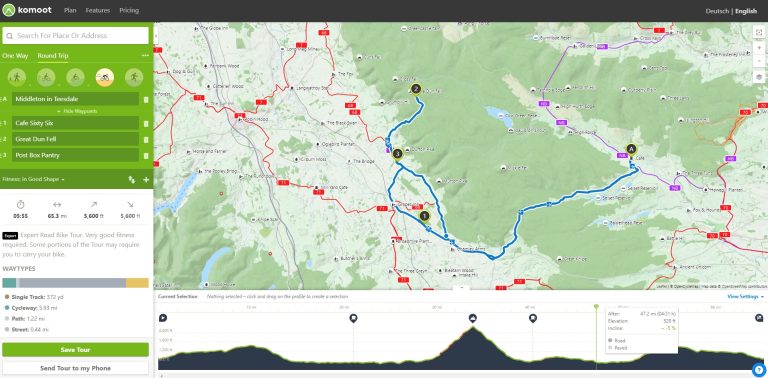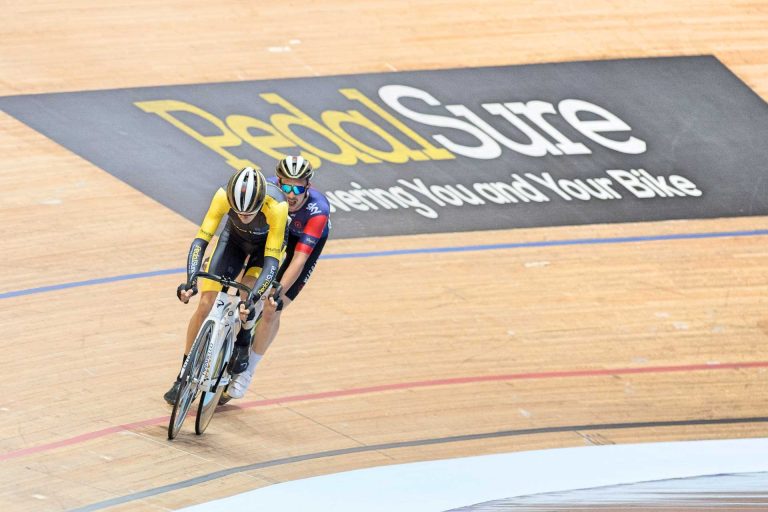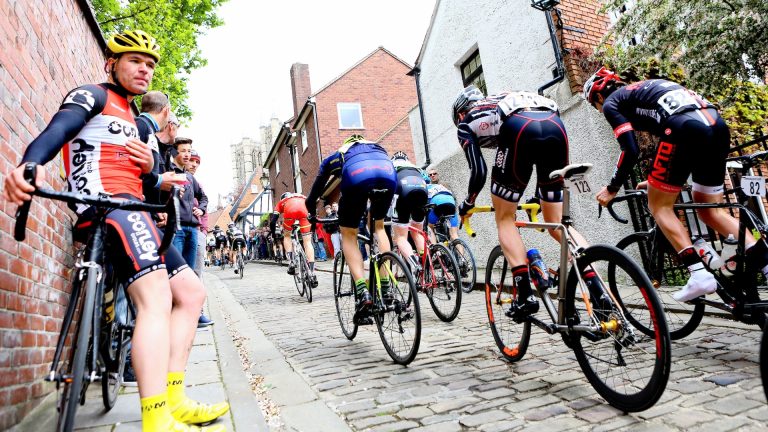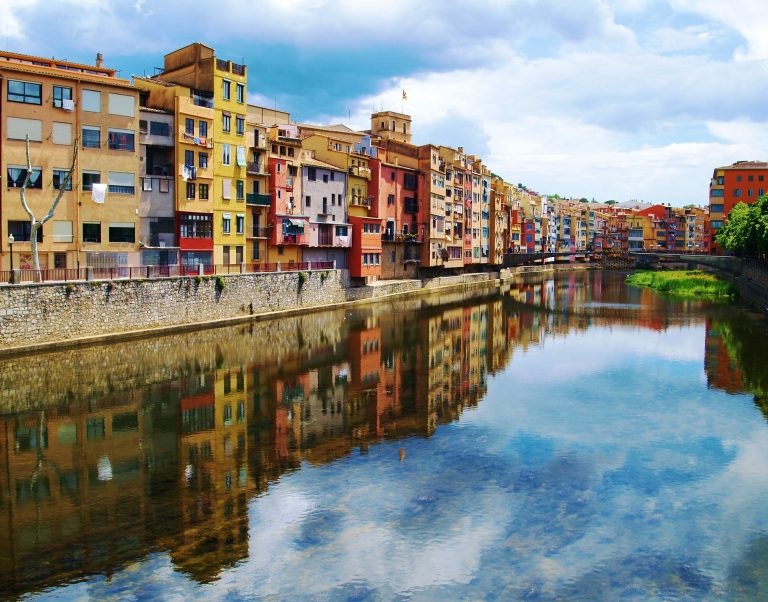If you live in the far south west of the UK, you’re spilt for choice of challenging climbs to take on.
Thanks to the Tour of Britain’s recent visits to Devon especially, climbs such as Haytor have become household names in the UK, while it has also been host to multiple National Hill Climb Championships over the years.
If you’re in Devon and Cornwall, you’re never too far from the sea, meaning you benefit from the geography of many rugged coastal roads, while there’s also the moors at Exmoor, Dartmoor and Bodmin that can provide spectacularly challenging climbs to take on.
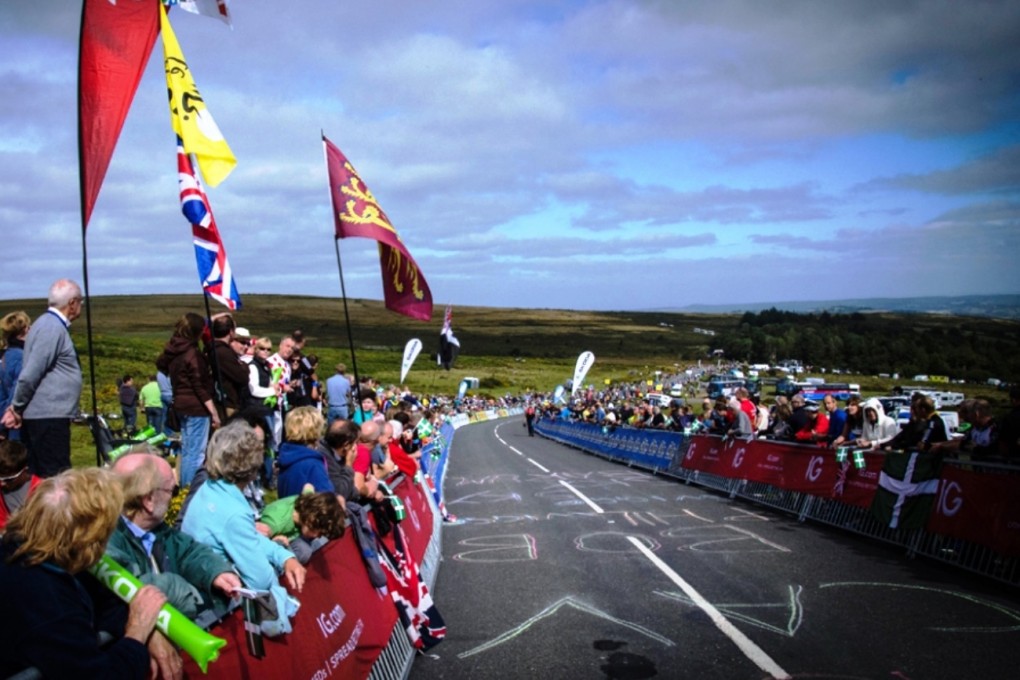
In fact, we can’t possibly cover all the climbs worth discovering in this remarkable region of the UK, but we’ve done our best to pick ten of the best that should be on your must-ride list.
[series]


